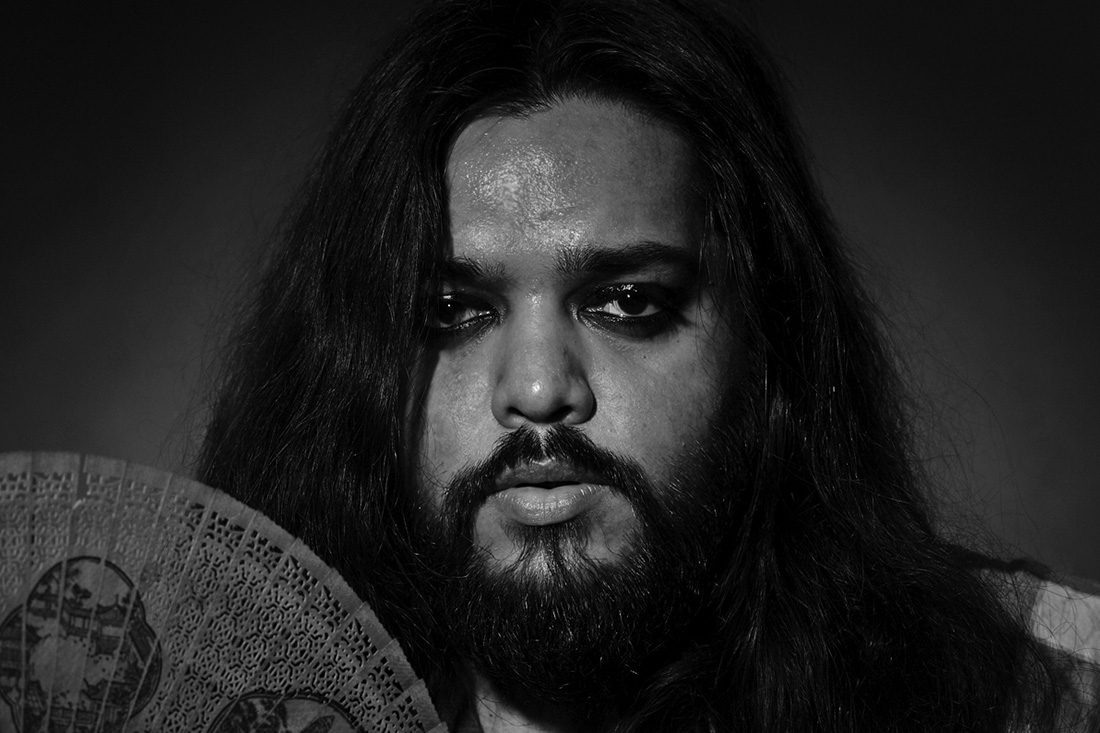

Kallol Datta has always been interested in how the body relates to the fabric. As he investigates the relationship between material, form and structure in his latest show titled Random Access, we revisit a conversation about the things that drive his design lexicon.
How has your creative process evolved, and how has it changed over time?
When I started creating clothes in 2008, the entire process was cyclic. Start off with shapes, silhouettes, move on to print, sampling, production and deliveries, and back to step one. That stopped in 2011, when I decided that I would stick to an ever-evolving personal formula in doing things the way I wanted to, in a way that would make me happy. The creative process became more insular.
Does gender inform your design? What influences your art?
I’ve always maintained that my garments are sexless. There is no acknowledgement of sex. Going by the notion of ‘sex is; gender means’, I’d say my clothes-making approach has included a study of gender dialectics where female and male are not at opposite ends of the spectrum but are different individual spectrums. Additionally, there’s the fact that these aren’t the only genders present. My work has always been a documentation of my reactions and engagement with my immediate environment. Until recently, there used to be an obsession with the human body, more so when it veers towards a state of decay or putrefaction. Now, coupled with that, there is this sense of urgency that I should do everything to convey the meaning of our times. Work now talks about loss, lost data, lost in translation.
And lastly, describe your overall design vocabulary. When conceptualising a new piece, what is the most important aspect to you?
With new works, what is important to me currently is that it has to harness the now. As non-mainstream the applications of my work may be, if others pick up on elements and broaden their scope, then that makes me happy. We’ve got to realise it’s not about us. Most people don’t care. We’re a miniscule part in the context of Indian design vocabulary. An important part, but miniscule.
Our conversation with Kallol Datta was first published in our Design Issue of 2016. This article is a part of Throwback Thursday series where we take you back in time with our substantial article archive.
Text Shruti Kapur Malhotra